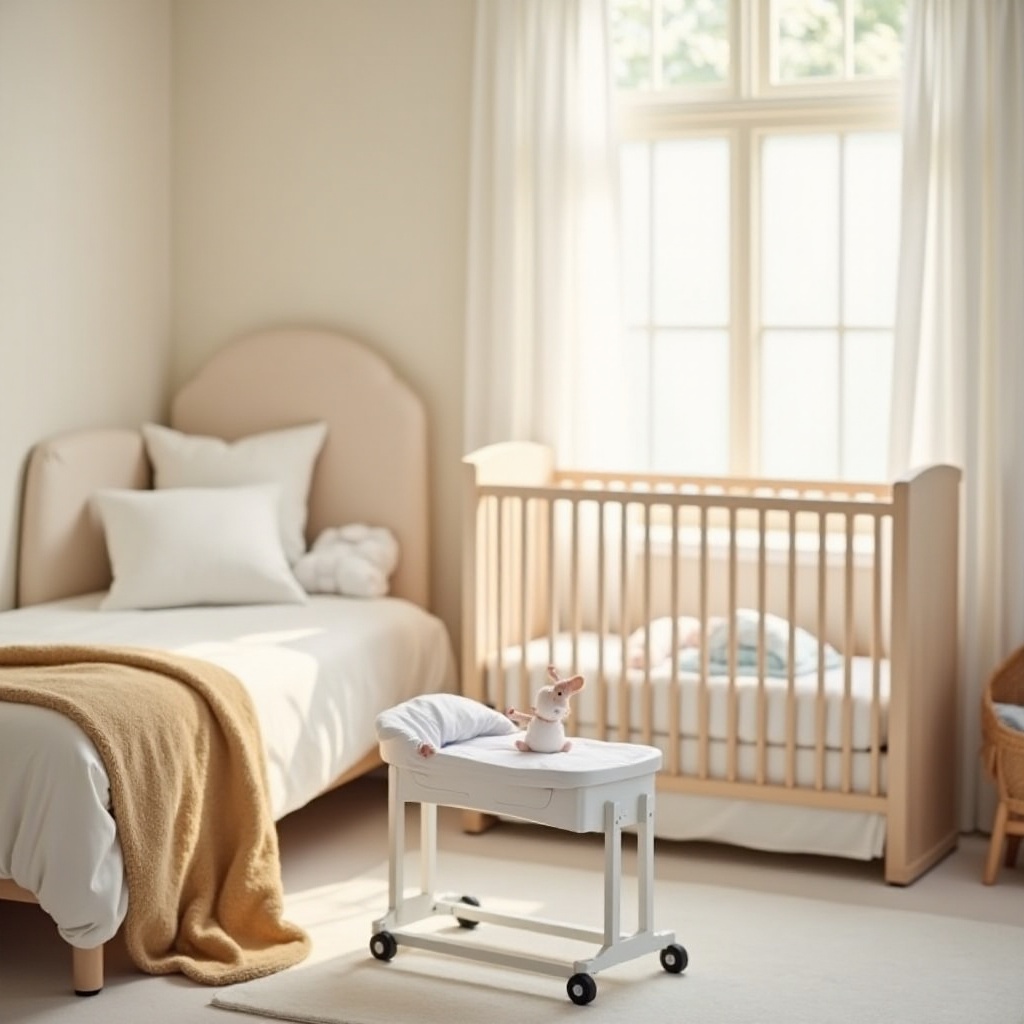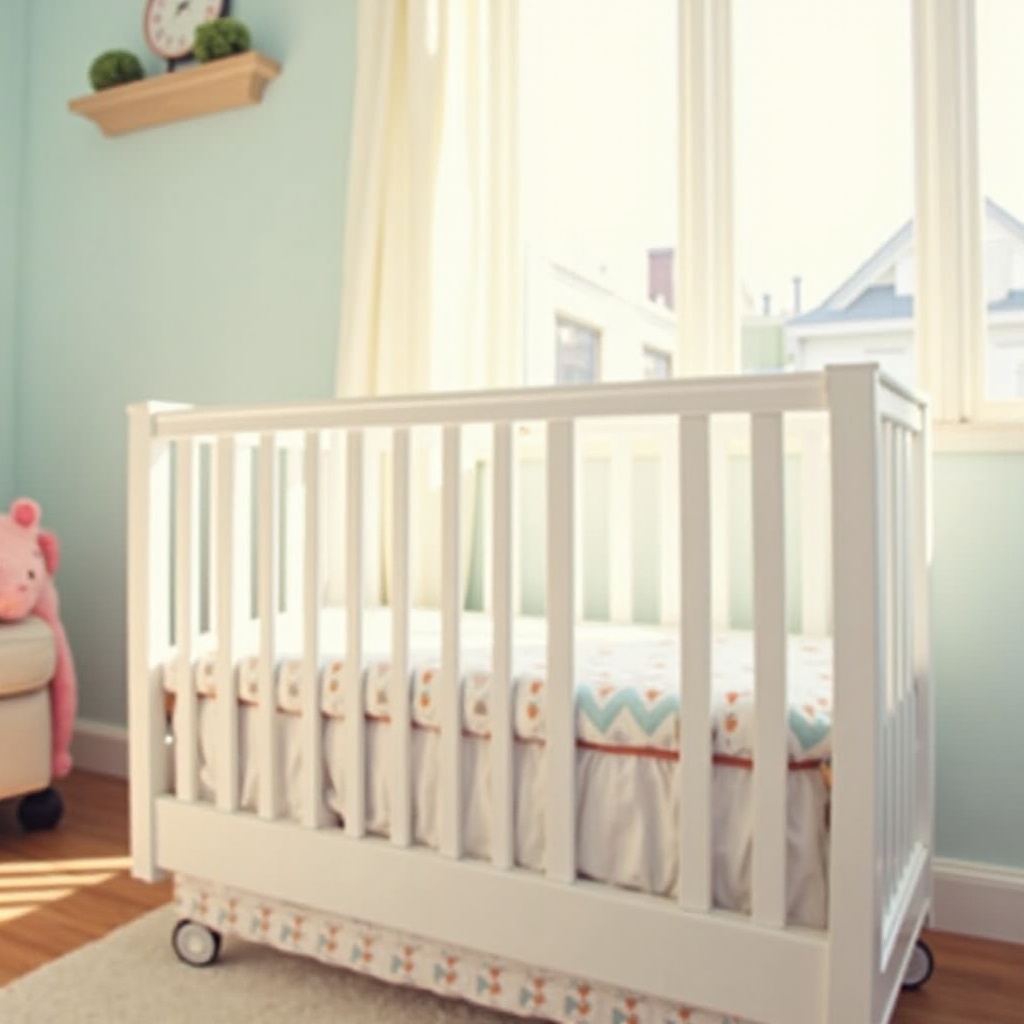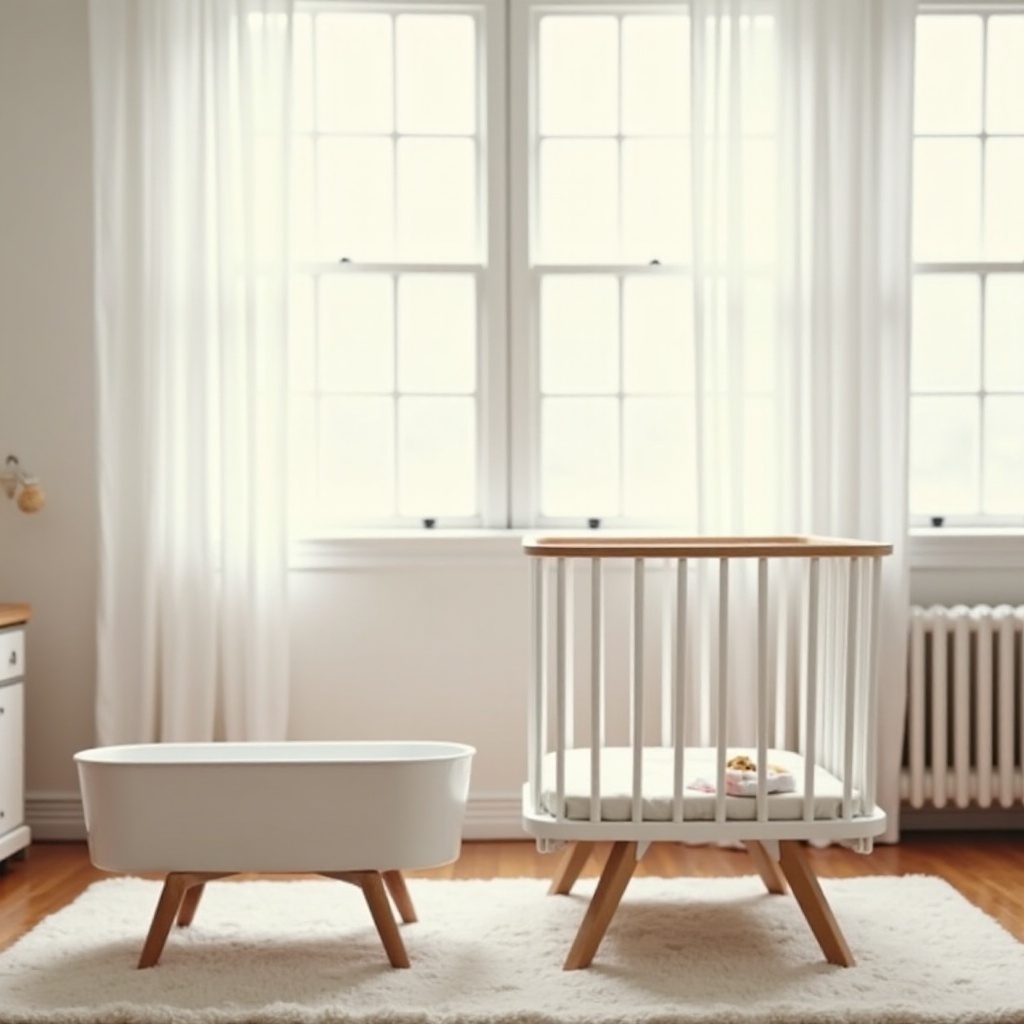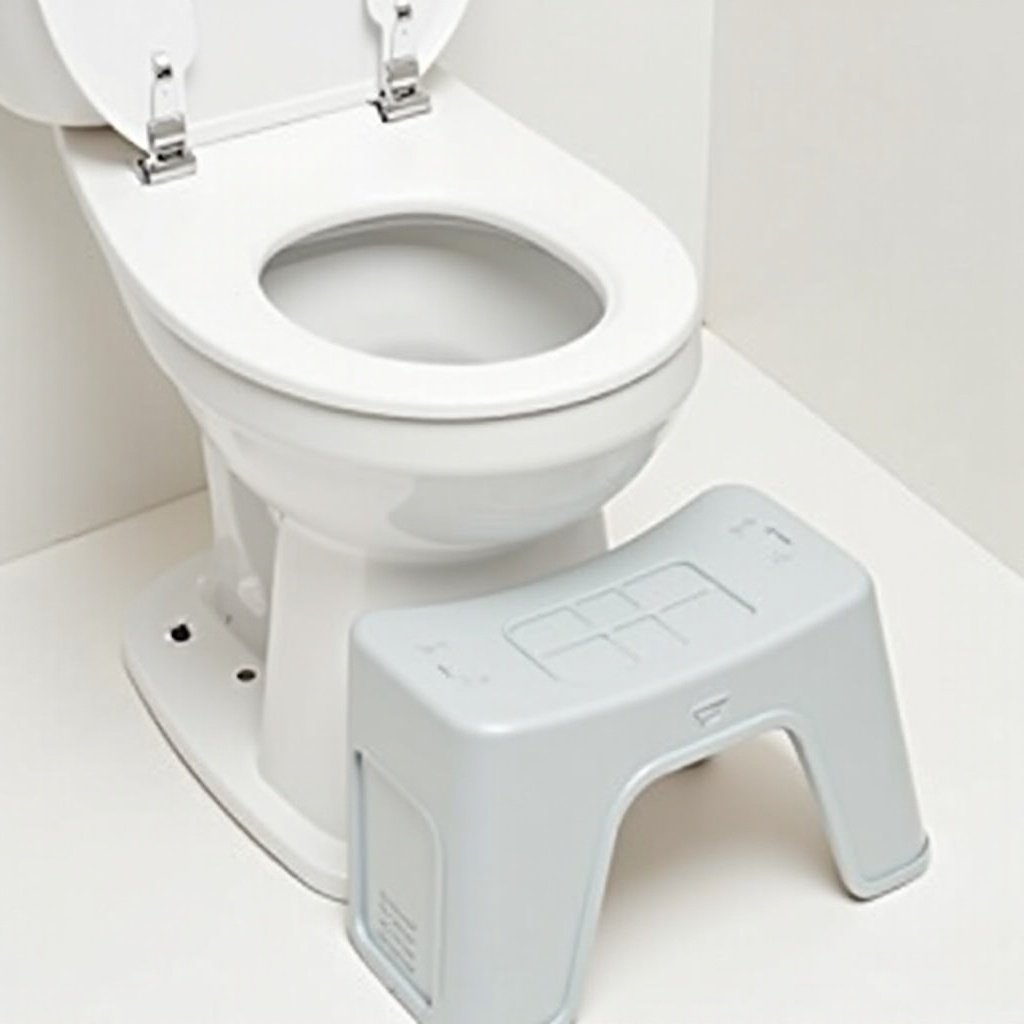Difference Between Bassinet and Crib
Introduction
As a new parent, you’re bombarded with choices about your baby’s sleeping arrangements. Among the most significant decisions is whether to use a bassinet or a crib. Understanding the differences between the two is crucial for ensuring your child’s safety and comfort. This article delves into what makes a bassinet different from a crib, covering their designs, types, pros and cons, key differences, and how to make the best decision based on your needs.

What is a Bassinet?
Description and Design Features
A bassinet is a small bed designed explicitly for newborns and young infants. It typically features soft, cushioned sides made from fabric. Most have a hood that provides additional shade and protection. Bassinets are raised on legs or a stand, making it easier for parents to reach in and pick up the baby. Some modern designs come equipped with wheels for easy mobility.
Types of Bassinets Available
- Traditional Bassinets: Simple, stand-alone designs.
- Travel Bassinets: Portable and foldable options perfect for travel.
- Co-Sleeper Bassinets: Attach to the parents’ bed for easy nighttime access.
- Convertible Bassinets: Transform into a playpen or travel bed.
Pros of Using a Bassinet
- Portability: Lightweight and easy to move around the house.
- Space-saving: Ideal for smaller rooms or apartments.
- Convenience: Easier access to the baby, especially at night.
- Multifunctional Options: Some models offer additional features like storage compartments or vibration modes.
Cons of Using a Bassinet
- Limited Longevity: Suitable only for the first few months.
- Weight Limitations: Not designed to support heavier or older infants.
- Less Stability: Can be less stable than cribs, especially if they have wheels.
What is a Crib?
Description and Design Features
A crib is a larger, more permanent sleeping solution for babies and toddlers. It features sturdy slats or spindles along the sides and is generally made of wood or metal. Cribs come with an adjustable mattress height, making it safe for older babies who can sit or stand.
Types of Cribs Available
- Standard Cribs: Basic, no-fuss designs.
- Convertible Cribs: Can be transformed into toddler beds or full-sized beds.
- Portable Cribs: Smaller and more lightweight for mobility.
- Mini Cribs: Smaller versions of standard cribs for limited space.
Pros of Using a Crib
- Longevity: Usable from infancy to toddler years.
- Stability: Robust structure ensures safety and support.
- Variety: Various designs and functionalities to choose from.
- Safety Features: Built to adhere to stringent safety standards.
Cons of Using a Crib
- Less Mobility: Hard to move around due to its size and weight.
- Takes Up Space: Requires a dedicated area in the room.
- Cost: Generally more expensive upfront compared to bassinets.

Key Differences Between Bassinets and Cribs
Size and Portability
Bassinets are smaller, making them easier to move around the house. They are perfect for parents who plan to have the baby sleep in the same room but wish to move the bassinet frequently. Cribs are larger and less mobile, making them a more permanent fixture. This added size provides more room for the baby to grow.
Safety and Stability
Safety is paramount when choosing between a bassinet and a crib. Cribs are subject to rigorous safety standards and generally offer greater stability due to their sturdy construction. Bassinets, while often including safety features like straps and secure stands, are inherently less stable, especially when they come with wheels.
Usability and Transition
Bassinets are best for newborns and can be used for up to three to six months. On the other hand, cribs are suitable from the newborn stage all the way through toddler years. If you’re looking for a long-term solution, a crib is a more practical investment. Transitioning from a bassinet to a crib is a consideration for parents who start with the former.
Cost Comparison
Bassinets can range from budget-friendly to moderately costly, depending on the features and brand. Cribs, while generally more expensive initially, offer more extended usage, often making them more cost-effective in the long run. When budgeting, consider both the immediate costs and the longevity of the product.
Making the Decision
Factors to Consider: Space, Budget, and Lifestyle
When making your decision, consider the space you have available. Bassinets are great for smaller living spaces, while cribs require a dedicated area. Budget is another crucial factor; weigh the upfront cost against the longevity of use for both options. Lastly, think about your lifestyle. If you travel frequently, a portable bassinet may offer the convenience you need, while a crib is a solid choice for a more stationary home environment.
Pediatrician Recommendations
Consulting with your pediatrician can provide personalized advice tailored to your baby’s needs. Pediatricians can offer guidance based on safety standards, growth expectations, and developmental milestones. They can also help you decide when it might be appropriate to transition from a bassinet to a crib.

Conclusion
Choosing between a bassinet and a crib doesn’t have to be overwhelming. Each option presents unique advantages depending on your space, budget, and lifestyle needs. By carefully considering these factors, you can make an informed and confident choice that ensures your baby’s safety and comfort.
Frequently Asked Questions
How long can a baby sleep in a bassinet?
Typically, a baby can sleep in a bassinet until they reach around three to six months old or begin to show signs of rolling over and sitting up.
Are cribs safer than bassinets?
Cribs generally offer more stability and stringent safety standards, making them safer for long-term use compared to bassinets.
When should I transition my baby from a bassinet to a crib?
Transition from a bassinet to a crib when your baby outgrows the bassinet, usually around three to six months of age, or starts rolling over.

